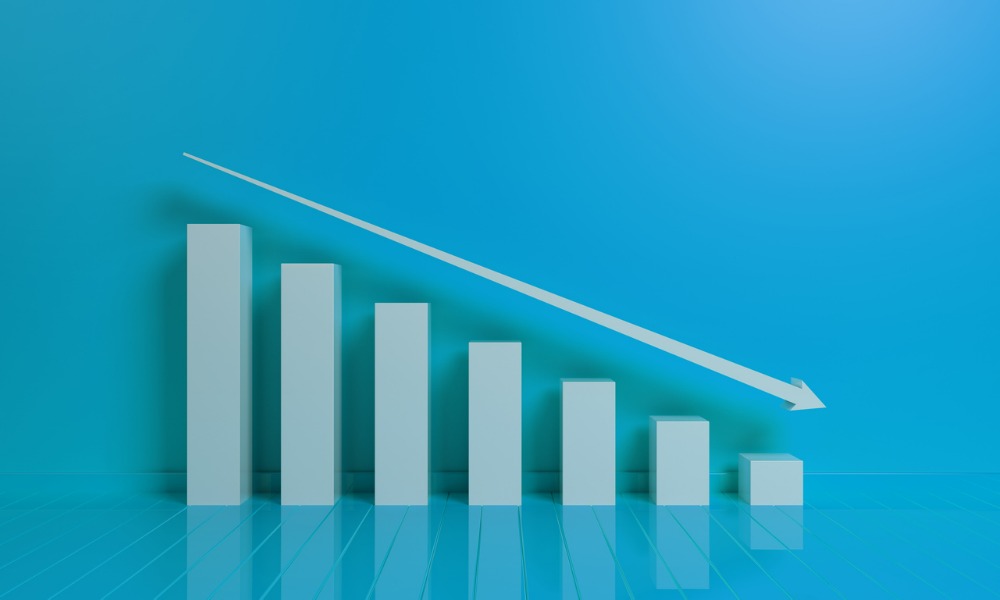Kiwi workers pulling “sickies” is believed to account for 303,000 lost days of work each year, so how can organisations cut down on the misuse of sick leave?
New Zealand’s Wellness in the Workplace survey revealed that one in five employers believe staff take paid absence as an occasional perk, with “sickies” believed to account for 303,000 lost days of work each year.
The research, carried out by BusinessNZ, Southern Cross Health Society and Gallagher Bassett, found that employers highlights those in the 20-30 age bracket were the most likely of any age group to take non-genuine leave, followed by 31-40 group, then 41-50, with older workers and those under 20 years the least likely.
An additional TNS survey carried out by Southern Cross in September 2013 showed that 15% of New Zealanders admit to taking sick leave for non-genuine sickness, with the highest incidence occurring in Wellington and Christchurch.
Peter Tynan, Southern Cross Health Society Chief Executive told HRM Online, while it’s impossible to gauge the exact level of non-genuine sickness absence, this information should prompt businesses to look at: the culture of their workplace; the degree to which they think sickies are taken; and
how this issue can start to be addressed.
The first step in managing sick leave, Tynan said, is to ensure all employees understand the business’ sick leave policy and the consequences of violating it. In larger organisations, managers need to have been provided with the training to give them the confidence to enforce sick leave policies and take appropriate action.
According to the survey results the top three approaches that were identified by employers as the most effective options in managing absence levels were: high levels of engagement 61.3%, flexible working 37.8% and line manager taking primary responsibility for managing absence 36.1%.
When it comes to identifying misuse of sick leave, Vicki Caisley, Southern Cross Health Society Head of People and Development, said patterns could be one of the earliest warning signs that an employee is taking sick leave when they aren’t actually sick.
“Usually when people are sick, they show symptoms and these last more than one day. That’s why a single day taken here and there with no symptoms tends to stand out,” she told HRM Online.
“Mondays and Fridays are the obvious opportunities to ‘extend’ the weekend beyond two days, but sometimes the pattern will just be a random day taken every few weeks.”
Caisley said the best approach for an employer who suspects repeated misuse of sick leave is to visually track and assess the trends then arrange a meeting with the employee.
“If you can show them the data you’ve recorded and discuss the impact that pattern is having – not only on their own work performance but that of their colleagues – that’s usually enough to start a conversation about whether there are other issues at play and whether the leave is genuine,” she said. “Often there will be an immediate change in behaviour or genuine reasons for the increased absenteeism that will give the employer a pathway forward.”
Caisley adds that it is important to look at sick leave trends to see if there are any core issues which could be addressed. These may include:
The research, carried out by BusinessNZ, Southern Cross Health Society and Gallagher Bassett, found that employers highlights those in the 20-30 age bracket were the most likely of any age group to take non-genuine leave, followed by 31-40 group, then 41-50, with older workers and those under 20 years the least likely.
An additional TNS survey carried out by Southern Cross in September 2013 showed that 15% of New Zealanders admit to taking sick leave for non-genuine sickness, with the highest incidence occurring in Wellington and Christchurch.
Peter Tynan, Southern Cross Health Society Chief Executive told HRM Online, while it’s impossible to gauge the exact level of non-genuine sickness absence, this information should prompt businesses to look at: the culture of their workplace; the degree to which they think sickies are taken; and
how this issue can start to be addressed.
The first step in managing sick leave, Tynan said, is to ensure all employees understand the business’ sick leave policy and the consequences of violating it. In larger organisations, managers need to have been provided with the training to give them the confidence to enforce sick leave policies and take appropriate action.
According to the survey results the top three approaches that were identified by employers as the most effective options in managing absence levels were: high levels of engagement 61.3%, flexible working 37.8% and line manager taking primary responsibility for managing absence 36.1%.
When it comes to identifying misuse of sick leave, Vicki Caisley, Southern Cross Health Society Head of People and Development, said patterns could be one of the earliest warning signs that an employee is taking sick leave when they aren’t actually sick.
“Usually when people are sick, they show symptoms and these last more than one day. That’s why a single day taken here and there with no symptoms tends to stand out,” she told HRM Online.
“Mondays and Fridays are the obvious opportunities to ‘extend’ the weekend beyond two days, but sometimes the pattern will just be a random day taken every few weeks.”
Caisley said the best approach for an employer who suspects repeated misuse of sick leave is to visually track and assess the trends then arrange a meeting with the employee.
“If you can show them the data you’ve recorded and discuss the impact that pattern is having – not only on their own work performance but that of their colleagues – that’s usually enough to start a conversation about whether there are other issues at play and whether the leave is genuine,” she said. “Often there will be an immediate change in behaviour or genuine reasons for the increased absenteeism that will give the employer a pathway forward.”
Caisley adds that it is important to look at sick leave trends to see if there are any core issues which could be addressed. These may include:
- Is leave usage higher in one department or under a particular supervisor?
- Are workplace practices or policies affecting absences?
- Do children’s illnesses in turn lead to your employee's time-off?
- Is there a personal problem that is causing absences and could this be helped by a referral to an Employee Assistance Programme?





